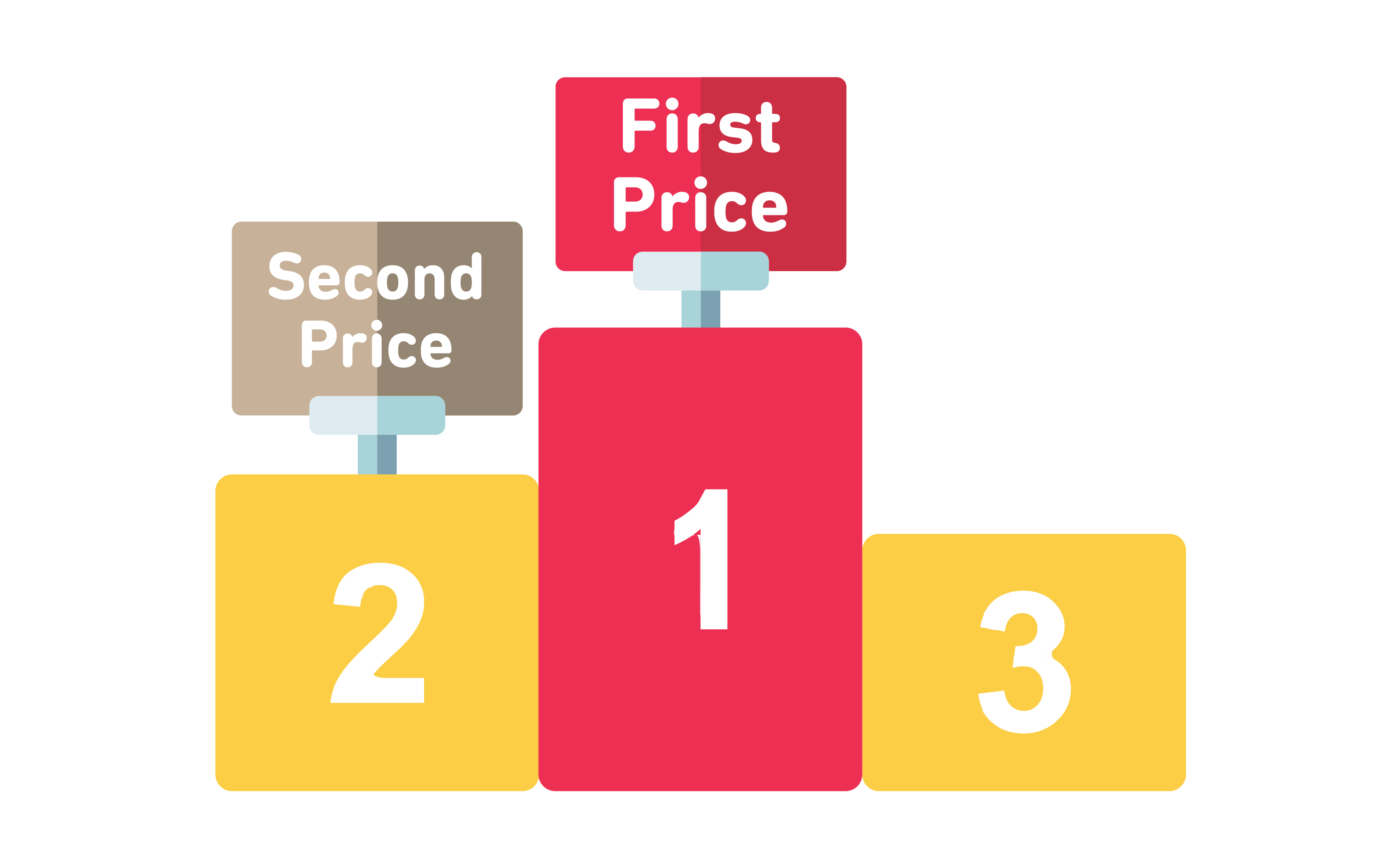Reflecting On 2024 – Expert Insights on the Programmatic Industry
As the digital advertising landscape continues to evolve, programmatic advertising remains at the forefront of innovation, shaping the way brands…

The First-Price auction, which will be implemented on the Google Ad Manager level by the end of July 2019, differs a lot from a well-known in the programmatic market Second-Price model. The main difference between these two types lies in a model of determining the final price paid by the buyer. Despite the fact that the bid was the same in both cases.
So far both these models have been used simultaneously. Second-Price by Google, and the First-Price by most of the other large SSPs. In effect, the market was a little mixed. However, it won’t last long.
Many market participants have difficulty with understanding what exactly will change after Google’s move to Unified Pricing Rules, and what will be the exact impact. To get that properly, you have to begin with the fundamentals of these auction types.
In this auctioning model, bidders set the price which they are willing to pay for an impression. However, the price they bid rarely is the exact amount they pay, as the winning bidder pays only 0.01$ more than the second-highest bid. Let’s explain this on real numbers.
There are 3 bidders:
The highest bid in this auction amounts to 2.80$. But the price paid will be 2.51$.

A Second-Price auction, despite its scale, is considered by many to not be the best solution for programmatic.
For years, modified Second-Price auctions were the industry standard and the mass-adopted norm, despite their inherent lack of transparency and revenue-reducing constraints. The only way to achieve a truly fair, unified auction was by shifting to first-price, which is exactly what independent ad exchanges (Index included) began to do a few years’ back. Slowly but surely, this shift brought greater fairness to the market, boosting buyers’ win rates and publishers’ revenue opportunities along the way. The Drum
Bidders submit written bids without knowing the bid of the other people in the auction. The highest bidder wins, but the price paid is the second-highest bid. This type of auction is strategically similar to an English auction and gives bidders an incentive to bid their true value. The auction was first described academically by Columbia University professor William Vickrey in 1961, though it had been used by stamp collectors since 1893. In 1797 Johann Wolfgang von Goethe sold a manuscript using a sealed-bid, second-price auction. Wiki
The generalized Second-Price auction (GSP) is a non-truthful auction mechanism for multiple items. Each bidder places a bid. The highest bidder gets the first slot, the second-highest, the second slot and so on, but the highest bidder pays the price bid by the second-highest bidder, the second-highest pays the price bid by the third-highest, and so on. First conceived as a natural extension of the Vickrey auction, it conserves some of the desirable properties of the Vickrey auction. It is used mainly in the context of keyword auctions, where sponsored search slots are sold on an auction basis. The first analyses of GSP are in the economics literature by Edelman, Ostrovsky, and Schwarz and by Varian. It is employed by Google’s AdWords technology. Wiki
The second-price auction model is familiar not only to programmatic. It’s used widely by many other marketplaces as well. eBay is a great example of such a phenomenon. It’s a large multinational e-commerce company, which lets you bid on the product you’d like to buy.
This auction model is significantly more simple and transparent. Those are the reasons why Google is making this loud change in its auction mechanics.
This auctioning type works in the way that everyone usually expects auctions to be. Let’s assume the same scenario we had in the Second-Price auction.
There are 3 bidders:
The highest bid in this auction amounts to 2.80$. So this is the price that will be paid.

In the very early days of programmatic buying, publishers typically used only one auction to sell their ad inventory. Today the programmatic ecosystem has evolved into a much more complex marketplace where a single ad can pass through a mix of auctions, with different rules, before a winning bid price is selected and an ad is served. This complexity has made it difficult for advertisers and agencies to properly value programmatic inventory, and it has driven our publishers and app developers to implement increasingly complicated ad monetization strategies, reducing transparency across the industry. Further, the increasing intricacy of programmatic has made it operationally very difficult, even for experts, to determine what’s going well and what needs to be improved. Sam Cox
Currently, the Ad Manager may run two different auctions for a specific ad. A Second-Price, real-time bidding auction run with Authorized Buyers — which includes Google Ads, Display & Video 360 and other Demand Side Platforms — followed by a First-Price auction that compares the winning price from the Second-Price auction with a publisher’s guaranteed and non-guaranteed advertising campaigns, as well as bids from Exchange Bidding buyers. By switching to a unified First-Price auction, we can reduce this multi-stage process and provide all non-guaranteed advertising sources the same opportunity to win an auction. Jason Bigler
These changes will impact each entity in the programmatic market. It’s important to get prepared on time in order to gain an advantage. The change will allow for progress and development.
We expect that Publishers with First-Price ready pricing and sales strategies may even see revenue increase in the first few months after the Google full transition, but in the long run, revenue should remain more or less at the same level. Another scenario can be applied to the ones driving the lowest level of competition in the auction by setting no floor prices, for whom there is a clear risk of revenue decrease due to the rapid development of Bid Shading algorithms of the DSP’ side. In order to prevent it, it is highly recommended to have a good understanding of the specific parts of your inventory value for buyers, and a proper level of recognition regarding main competitors pricing strategies, and inventory quality.

Karol Jurga
Chief Revenue Officer
See it in action.